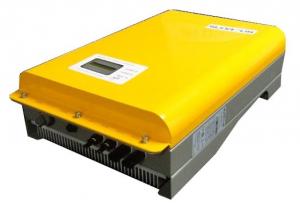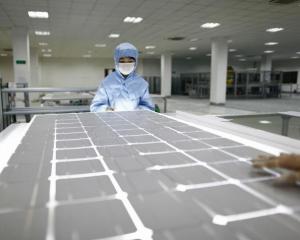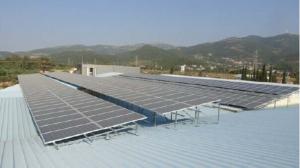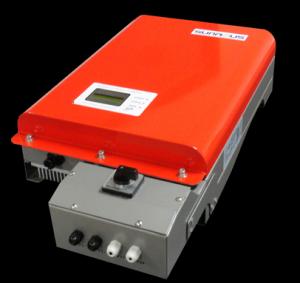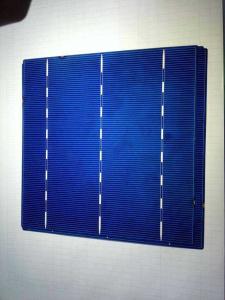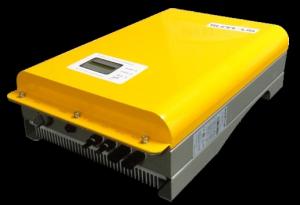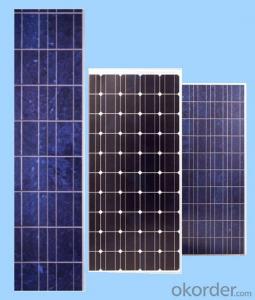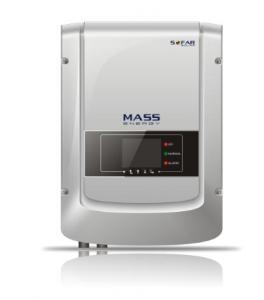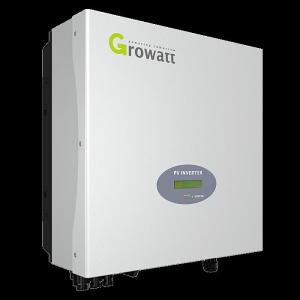Solar Pv Inverter
Solar Pv Inverter Related Searches
Solar Power Inverter For House Cost Of Solar Power Inverter Best Solar Pv Inverter 300 Watt Solar Power Inverter Solar 500 Watt Power Inverter Solar Brand Power Inverter Solar 1000 Watt Power Inverter Solar Power Inverter Generator Solar 2000 Watt Power Inverter Solar 150 Watt Power InverterHot Searches
China Mppt Solar Inverter Solar Pv Inverter Price Mppt Solar Inverter Price Solar Pv Inverter Types Pv Inverter Prices Solar Inverter Off Grid Price Off Grid Solar Inverter Price Solar Pv Inverter Price 6kw Solar Inverter Price 4kw Solar Inverter Price Solar Inverter Off Grid 1000w Solar Pv Inverter Types Pv Inverter Prices Solar Pv Inverter Price 100kw Solar Inverter Price Solar Power Inverter Types Solar Power Inverter Suppliers Solar Inverter Emergency Power Solar Power Inverter Companies Power Factor Solar InverterSolar Pv Inverter Supplier & Manufacturer from China
Okorder.com is a professional Solar Pv Inverter supplier & manufacturer, offers integrated one-stop services including real-time quoting and online cargo tracking. We are funded by CNBM Group, a Fortune 500 enterprise and the largest Solar Pv Inverter firm in China.Hot Products
FAQ
- Yes, a solar inverter can be used in systems with different module orientations. Solar inverters are designed to convert the DC power generated by solar panels into AC power that can be used by household appliances or fed back into the grid. They can accommodate various module orientations, including different tilt angles or orientations such as landscape or portrait. However, it is important to note that the overall efficiency of the solar system may be affected by the module orientations and their alignment with the sun.
- The input voltage rating is a critical factor in determining the performance of a solar inverter. The inverter's ability to convert the direct current (DC) generated by solar panels into alternating current (AC) for use in homes or businesses depends on the input voltage rating. If the input voltage rating of the inverter is not compatible with the voltage produced by the solar panels, the inverter may not function properly or may even be damaged. Thus, selecting an inverter with the correct input voltage rating is essential for optimal performance and longevity of a solar power system.
- Yes, a solar inverter can be used in systems with multiple inverters. In fact, using multiple inverters in a solar system is quite common, especially in larger installations. Multiple inverters allow for better power distribution and efficiency, as well as redundancy in case of any failures. These inverters can be connected in parallel or in series depending on the specific system requirements and design.
- Yes, a solar inverter can be used with solar-powered ventilation systems. A solar inverter is responsible for converting the direct current (DC) electricity generated by solar panels into alternating current (AC) electricity that can be used to power various appliances and devices, including ventilation systems. By connecting the solar panels to the solar inverter, the DC electricity produced by the panels can be converted into the appropriate AC voltage and frequency required for the ventilation system's operation. Thus, the solar inverter plays a crucial role in enabling the integration of solar power into ventilation systems.
- Yes, a solar inverter can be used in areas with unstable grid connections. Solar inverters are designed to convert the DC power generated by solar panels into AC power that can be used to power electrical devices or be fed back into the grid. In areas with unstable grid connections, a solar inverter can help stabilize the power supply by switching to off-grid mode when the grid connection is unstable or completely lost. This allows the solar system to continue generating and supplying power to the connected loads even during grid outages or fluctuations.
- A solar inverter handles voltage transients by employing various protective mechanisms such as surge protection devices and voltage regulation techniques. These mechanisms help to stabilize and control the voltage level, ensuring that the inverter is not affected by sudden spikes or drops in voltage. Additionally, the inverter may include features like overvoltage and undervoltage protection, which help to prevent damage to the system during voltage transients.
- A solar inverter handles grid voltage variations by continuously monitoring the voltage levels of the grid. When the grid voltage increases or decreases beyond a certain range, the inverter adjusts its output voltage accordingly to maintain a stable and consistent supply of electricity. This ensures that the solar power system remains synchronized with the grid and prevents any damage to the inverter or the connected equipment.
- Various communication protocols and interfaces facilitate the interaction between a solar inverter and other devices in a solar power system. One commonly used method involves wired connections, where communication interfaces like RS485 or Ethernet establish a direct link between the inverter and devices like solar panels, batteries, and monitoring systems. In addition to wired connections, wireless communication methods are also employed. Technologies such as Wi-Fi, Zigbee, or Bluetooth allow the inverter to establish connections with nearby devices. This wireless communication primarily serves monitoring and control functions, granting users remote access to manage their solar power system. Effective communication between the solar inverter and other devices is pivotal for optimal performance and efficiency of the solar power system. Vital data, including voltage, current, and temperature, is transmitted from the solar panels to the inverter. This information is critical for achieving optimal power conversion, as the inverter adjusts its operations based on these readings to maximize power output and ensure system safety. Moreover, communication with devices like batteries enables the solar inverter to efficiently manage charging and discharging cycles, optimizing energy storage and utilization. This ensures that surplus energy generated by the solar panels is effectively stored in the batteries and utilized during periods of low sunlight. In conclusion, the communication capabilities of a solar inverter are essential for integrating and coordinating various components within a solar power system. They enable efficient power conversion, monitoring, and control, ultimately maximizing the performance and advantages of solar energy generation.








